‘I’m Thinking of Ending Things’ book to movie changes cheapen meaning, ending
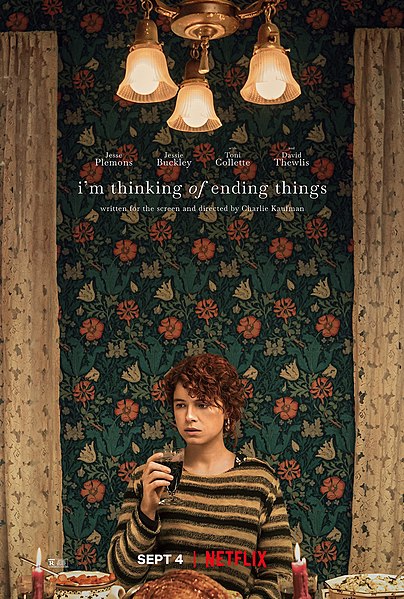
‘I’m Thinking of Ending Things’ premiered on Netflix on Sept. 4. It currently holds an 83% on Rotten Tomatoes.
On Sept. 4, Netflix released the movie “I’m Thinking of Ending Things,” directed by Charlie Kaufman. Ever since it came out, audiences have been left surprisingly entertained — or just overall confused. The Netflix original has left many with questions on the ambiguous ending and everything in-between. However, the novel by Iain Reid, has many answers for viewers and, overall, blows the movie out of the water.
The plot follows a young woman who remains unnamed and her boyfriend, Jake, on a trip to visit his parents for the first time. At the beginning of the trip, the audience learns that the young woman is thinking about ending the relationship. What ensues is a mind-bending tale that comments on the effects of long-term loneliness.
When looking at the overall tones for both the book and movie, there are very clear differences. The book is more like a puzzle where you are inside the young woman’s head going through everything in real time. There are subtle tips and hints dropped along the way so that, by the end of the book, you have the big picture and the answer to the ending.
However, the movie seems to play more like a maze, giving you more twists and turns the more you watch. So by the end, you’ve finished the movie, but do you really understand what just happened?
Although the book and movie are fairly similar throughout the story, the movie does change and adds many details that are meant to keep viewers invested. There are changes like giving the young woman multiple names like Lucy, Louisa, Lucia and Ames, constantly changing the wardrobe and aging the parents to attempt to create a more haunting feeling and hint to the audience that something is not right. These details are not mentioned in the book, but are meant to keep the ominous tone throughout the movie.
The biggest difference between the movie and book is the ending, which is where the movie and the book really compare and contrast. Kaufman believes that the ending of the book is too violent and decided to create a more ambiguous tone. The Netflix original ends with a beautiful song and dance that lets the audience come to their own conclusions. It gives the movie more of an unresolved conclusion that left me feeling more confused than comforted by this artistic change.
Although the dance number is one of the best parts of the movie, the book ends by revealing that the woman, Jake, and the janitor are all the same person. In the book, it is explained that Jake made up the woman in an attempt to cure his loneliness, but obviously, with her deciding to end things, it did not work. This big reveal takes a very dark and violent turn when the woman/Jake/janitor decide to kill themselves at the end of the book.
With all the changes from book to movie, the actual reveal at the end becomes more of a fan theory than actual plot. Kaufman went for a more ambiguous and mysterious ending that cheapens the movie as a whole.
The novel’s ending, although straightforward, is a comment on the impact of long-term isolation. Even though there are parts of the movie that are done well, the artistic license that Kaufman took just makes the ending more confusing.

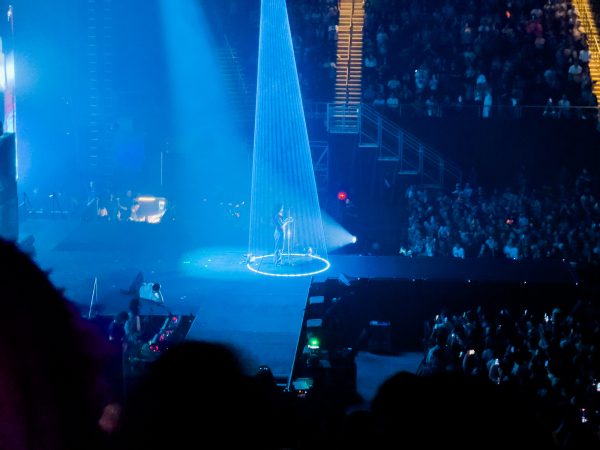

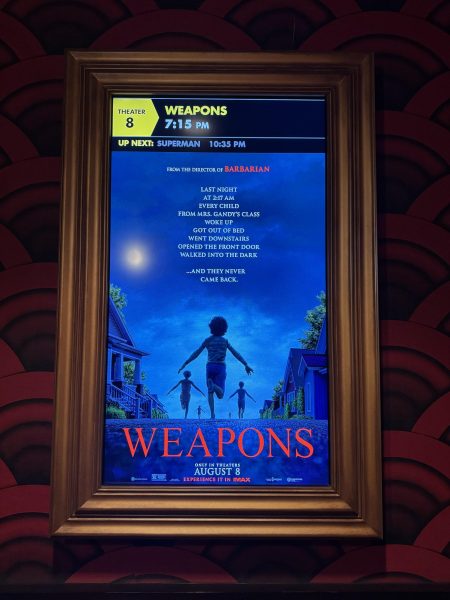

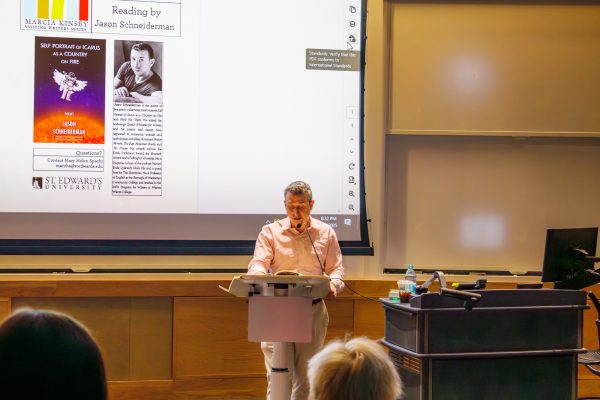
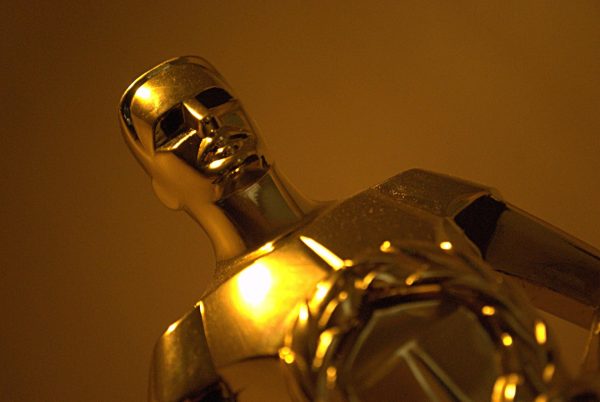
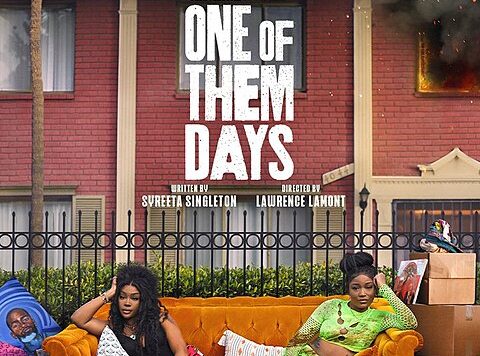

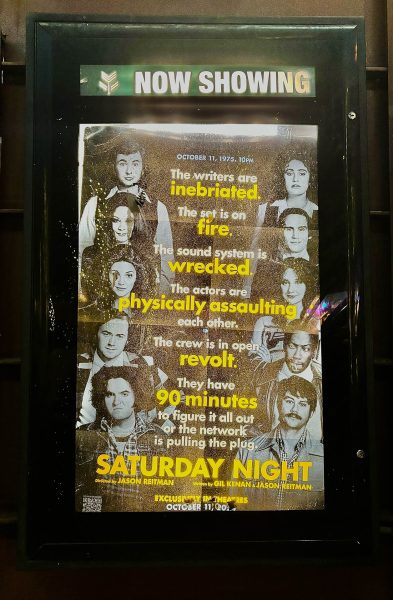
Bozo • Oct 7, 2021 at 10:12 am
Those themes are all conveyed perfectly in the movie as well. Honestly the ending of the movie is not really all that ambiguous. With movies, sometimes saying less is actually saying more and it is consistent with Kaufman’s film history that he would purposefully obfuscate more straightforward elements of a narrative in order to expand the possible interpretations and philosophical quandaries that the narrative could present. I should add that Kaufman and Reid worked very closely on the script of this film together. Your criticisms of Kaufman go just as easily onto Reid as well.